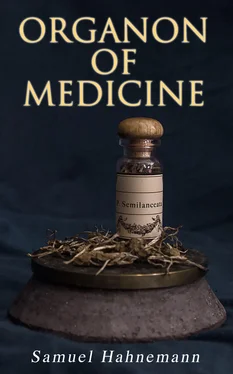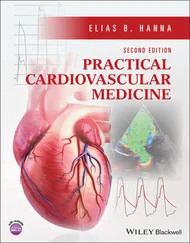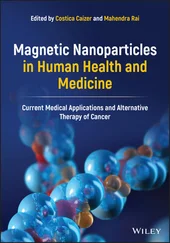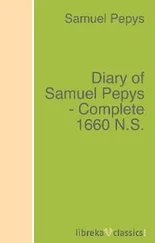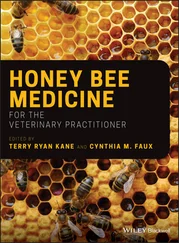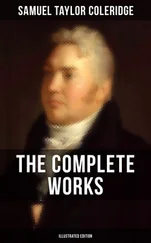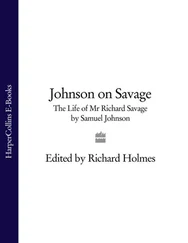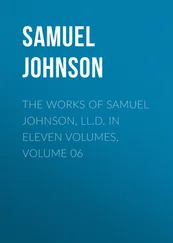It is only by the destruction and sacrifice of a portion of the organism itself that unaided nature can save the patient in acute diseases, and, if death do not ensue, restore, though only slowly and imperfectly, the harmony of life – health.
The great weakness of the parts which had been exposed to the disease, and even of the whole body, the emaciation, etc., remaining after spontaneous cures, are convincing proofs of this.
In short, the whole operation of the self-aiding power of the organism when attacked by diseases displays to the observer nothing but suffering – nothing that he could or ought to imitate if he wishes to cure disease in a truly artistic manner.
In such an important affair as that of healing, which demands so much intelligence, reflection and judgment, how could the old school, which arrogates to itself the title of rational, choose as its best instructor, as its guide to be blindly followed, the unintelligent vital force, inconsiderately copy its indirect and revolutionary operations in diseases, imagining these to be the non plus ultra, the best conceivable, when that greatest gift of God, reflective reason and unfettered judgment, was given us to enable us infinitely to surpass it in salutary help to suffering humanity?
When the old school practitioners, thoughtlessly imitating the crude, senseless, automatic vital energy with their counter-irritant and derivative methods of treatment – by far their most usual plans – attack innocent parts and organs of the body, either inflicting on them excruciating pains, or as is most frequently done, compelling them to perform evacuations whereby strength and fluids are wasted, their object is to direct the morbid vital action in the primarily affected parts away to those artificially attacked, and thus to effect the cure of the natural disease indirectly, by the production of a disease much greater in intensity and of quite a different kind, in the healthy parts of the body, consequently by a circuitous way, at the cost of much loss of strength, and usually of great suffering to the patient.20
20. Daily experience shows the sad effects of this manoeuvre in chronic diseases. Anything but a cure is effected. Who would ever call that a victory if, in place of attacking the enemy in front in a hand-to-hand fight, and by his destruction terminating at once his hostile assaults, we should, in a cowardly manner and behind his back, lay an embargo on everything, cut off his supplies, burn down everything for a great way round him? By so doing we would at length deprive him of all courage to resist, but our object is not gained, the enemy is far from being destroyed, – he is still there, and when he can again procure provisions and supplies, he once more rears his head, more exasperated than before – the enemy, I repeat, is far from being destroyed, but the poor innocent country is so completely ruined that it will be long before it can recover itself. In like manner acts allopathy in chronic diseases, when, by its indirect attacks on innocent parts at a distance from the seat of the disease, instead of effecting a cure, it destroys the organism. Such is the result of its hurtful operations!
The disease, if it be acute, and consequently naturally of but short duration, may certainly disappear, even during these heterogeneous attacks on distant and dissimilar parts – but it is not cured. There is nothing that can merit the honorable name of cure in this revolutionary treatment, which has no direct, immediate, pathological relation to the tissues primarily affected. Often indeed, without these serious attacks on the rest of the organism, would the acute disease have ceased of itself, sooner most likely, with fewer subsequent sufferings and less sacrifice of strength. But neither the mode of operation of the crude natural forces, nor the allopathic copy of that, can for a moment be compared to the dynamic (homoeopathic) treatment, which sustains the strength, while it extinguishes the disease in a direct and rapid manner.
In far the greatest number of cases of disease, however – I mean those of a chronic nature – these perturbing, debilitating, indirect modes of treatment of the old school are scarcely ever of the slightest use. They suspend for a few days only, some troublesome symptom or other, which, however, returns when the system has become accustomed to the distant irritation, and the disease recurs worse than before, because by the antagonistic pains21 and the injudicious evacuations the vital powers have been depressed.
21. What good results have ever ensued from those foetid artificial ulcers, so much in vogue, called issues? If even during the first week or two, whilst they still cause pain, they appear somewhat to check by antagonism a chronic disease, yer by and by, when the body has become accustomed to the pain, they have no other effect than that of weakening the patient and giving stil1 greater scope to the chronic affection. Or does anyone imagine, in this nineteenth century, that they serve as an outlet for the escape of the materia peccans? It almost appears as if this were the case!
Whilst most physicians of the old school, imitating in a general manner the efforts of crude, unaided nature for its own relief, carried out in their practice these derivations of merely hypothetical utility, just as they judged expedient (guided by some imaginary indication), others, aiming at a higher object, undertook designedly to promote the efforts of the vital force to aid itself by evacuations and antagonistic metatases, as seen in diseases, and by way of lending it a helping hand, to increase still more these derivations and evacuations; and they believed that by this hurtful procedure they were acting duce natura, and might justly claim the title of minister naturae.
As the evacuations effected by the natural powers of the patient in chronic diseases are not infrequently the precursors of alleviations – though only of a temporary character – of troublesome symptoms, violent pains, paralyses, spasms, etc., so the old school imagined these derivations to be the true way of curing diseases, and endeavored to promote, maintain and even increase such evacuations. But they did not perceive that all these evacuations and excretions (pseudo-crises) produced by nature when left to herself were, in chronic diseases, only palliative, transient alleviations which, far from contributing to a real cure, on the contrary, rather aggravate the original, internal dyscrasia, by the waste of strength and juices they occasioned. No one ever saw a chronic patient recover his health permanently by such efforts of crude nature, nor any chronic disease cured by such evacuations effected by the organism.22 On the contrary, in such cases the original dyscrasia is always perceptibly aggravated, after alleviations, whose duration always becomes shorter and shorter; the bad attacks recur more frequently and more severely in spite of the continuation of the evacuations. In like manner, on the occurrence of symptoms excited by an internal chronic affection that threaten to destroy life, when nature left to its own resources, cannot help herself in any other way than by the production of external local symptoms, in order to avert the danger from parts indispensable to life and direct it to tissues of less vital importance (metastasis), these operations of the energetic but unintelligent, unreasoding and improvident vital force conduce to anything but genuine relief or recovery; they only silence in a palliative manner, for a short time, the dangerous internal affection at the cost of a large portion of the humours and of the strength, without diminishing the original disease by a hair’s breadth; they can, at the most, only retard the fatal termination which is inevitable without true homoeopathic treatment.
22. Equally inefficacious are those produced artificially.
Читать дальше
